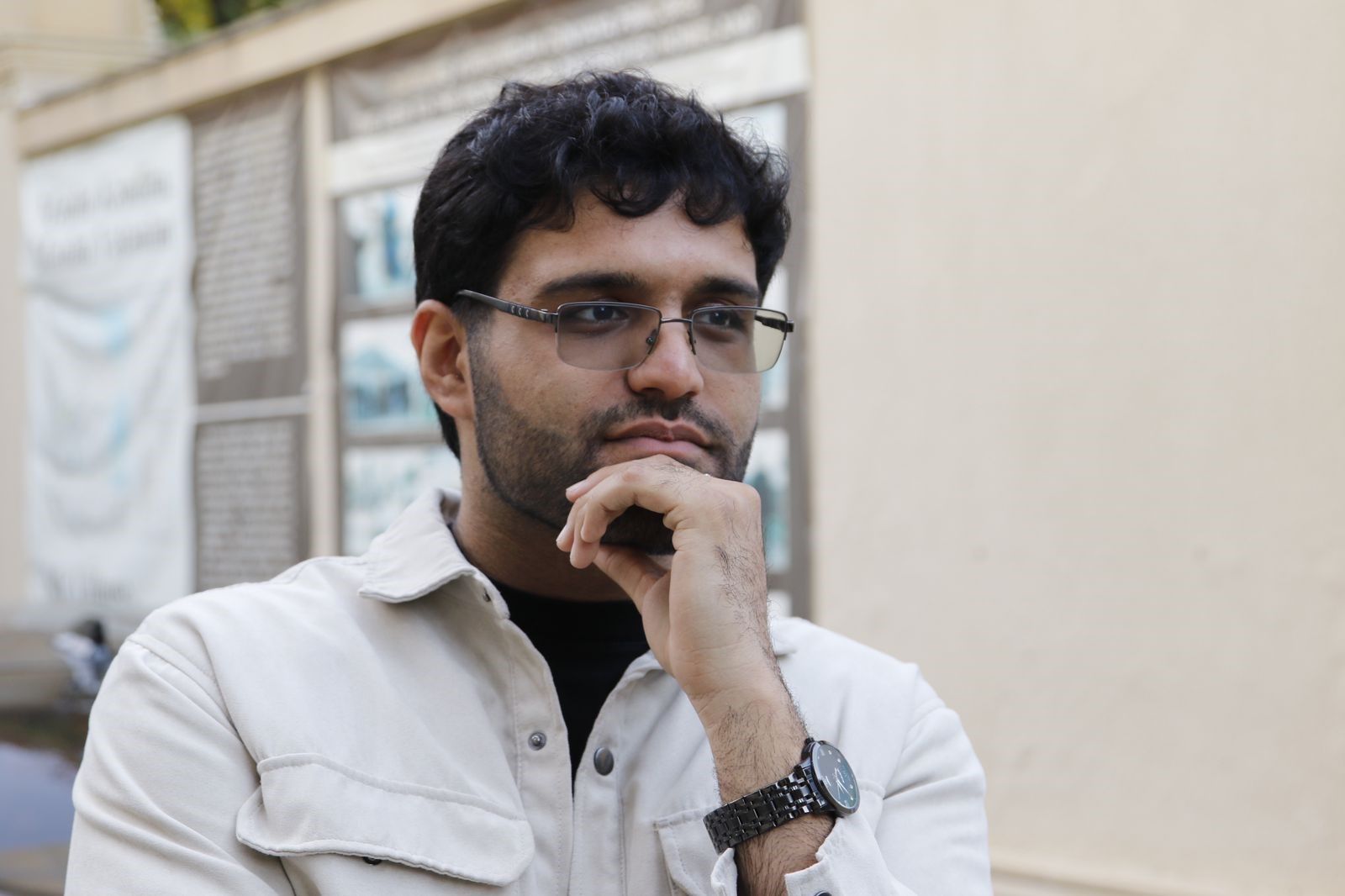Peace on paper, claims in symbols: Armenia’s reform paradox [ANALYSIS]
![Peace on paper, claims in symbols: Armenia’s reform paradox [ANALYSIS]](https://www.azernews.az/media/2025/10/20/img_8380.png)
When I was still a child, I used to hear jokes and sayings from the elders about neighbouring countries. I remember they would say that when a Georgian, an Armenian, and an Azerbaijani reached an agreement, they had to be absolutely certain about it. For example, if an Azerbaijani and a Georgian made a deal, a handshake would be enough. But if an Armenian was involved, then a document or a stamp was necessary. Much like the situation we see today in the peace negotiations.
It turns out that the elders’ words carried wisdom after all. I have no intention of telling a joke here, but the Armenian government’s so-called peace initiative has itself become something of a joke; one that everyone is now repeating, in which the country's Foreign Minister Ararat Mirzoyan has once again made statements that expose Yerevan’s contradictory stance toward peace with Azerbaijan. In an attempt to appear firm, Mirzoyan declared that Armenia does not accept Azerbaijan’s constitutional condition for signing a peace treaty, claiming that “the Armenian constitution does not contain any territorial claims to any state.”
Yet, moments later, he revealed that work on a new constitution is nearing completion, effectively admitting that Baku’s demand has a legal basis.
“They [the Azerbaijani side] believe there is a problem with our constitution. This is their opinion. They want us to amend the Constitution. We do not accept this condition. We have an agenda of amending the constitution or adopting a new one. There is nothing in the Armenian Constitution about territorial claims against Azerbaijan. The problem that the Azerbaijani side says simply does not exist. However, we have been talking about amending the Constitution of Armenia or adopting a new one since 2018. The commission is already completing its work, and most likely, we will hold a referendum on this issue after the 2026 parliamentary elections,” Mirzoyan said.
This statement alone illustrates Yerevan’s political duality, denial wrapped in confirmation. On the eve of crucial parliamentary elections, the Armenian government is trying to appear uncompromising before its domestic audience. The radical opposition, church structures, and diaspora lobbies are capitalizing on this narrative, portraying Prime Minister Nikol Pashinyan’s administration as one “acting under Baku and Ankara’s pressure.”
In truth, there is no “pressure”, only the long-overdue obligation for Armenia to align itself with international law and renounce its adventurist territorial agenda. These are steps Yerevan must take, regardless of who holds power. Otherwise, as the recent past has shown, Armenia’s continued defiance only leads to isolation and self-imposed blockade.
Interestingly, just a year ago, Armenian parliamentary speaker Alen Simonyan indicated that certain constitutional amendments were under consideration to remove Azerbaijan’s territorial claims. However, subsequent statements by Pashinyan suggested otherwise. During an international summit in Yerevan, he acknowledged discussions about Azerbaijan’s claims, implying that the Armenian constitution still reflects territorial aspirations. He also cited historical events from 1915–1917, fueling domestic and regional tensions.
Before the Abu Dhabi meeting, Pashinyan emphasized that any constitutional amendments depend on the will of the people—meaning that changes require constitutional court approval and potentially a referendum. Currently, his administration maintains that this issue is not immediately on the agenda and that signing a peace agreement without resolving constitutional matters is impossible. At the same time, Pashinyan stresses that an international peace agreement takes precedence over constitutional technicalities.
Domestic politics heavily influence this approach. Public dissatisfaction could impact Pashinyan’s approval rating if he moves to amend the constitution in line with Azerbaijan’s legitimate demands. His party, Civil Contract, currently holds 71 seats in parliament, with the opposition holding 29. Any perceived concession could weaken internal support, making Pashinyan cautious.
Despite the rhetoric, the facts remain: Armenia’s constitution must change. Its territorial claims extend not only toward Azerbaijan but also toward Türkiye — visible even in its national symbols, such as the Mount Ararat motif on the state emblem. The irony is striking — the mountain, known in reality as Ağrı Dağı and located in Türkiye, stands as a permanent reminder of a delusional political doctrine.
A small, yet symbolic, development occurred recently: from November 1, the image of Mount Ararat will no longer appear on Armenian border checkpoint stamps. This step, though modest, signals an understanding that constitutional and symbolic reform is inevitable if Armenia truly seeks peaceful coexistence.
Prime Minister Pashinyan himself seems aware of this reality. In a recent address, he urged Armenians to “learn from history,” saying:
“Our history tells us: do not repeat my mistakes. To prevent this, we must read, learn, and deeply understand our history.”
He framed this within the ideology of a “Real Armenia” and the vision of a “Fourth Republic,” suggesting a departure from the destructive nationalism that marked earlier eras.
But slogans alone will not suffice. For any “new republic” to survive, it must be grounded in genuine peace and regional cooperation — not in inherited hostility or imagined grandeur. If Yerevan truly wants to build a real Armenia, it must first abandon the illusions of the past. Otherwise, even the so-called “fourth republic” risks becoming the last.
Here we are to serve you with news right now. It does not cost much, but worth your attention.
Choose to support open, independent, quality journalism and subscribe on a monthly basis.
By subscribing to our online newspaper, you can have full digital access to all news, analysis, and much more.
You can also follow AzerNEWS on Twitter @AzerNewsAz or Facebook @AzerNewsNewspaper
Thank you!

